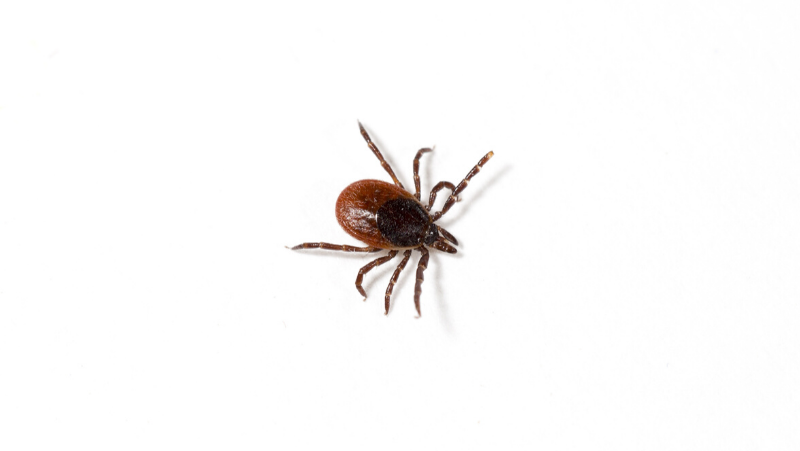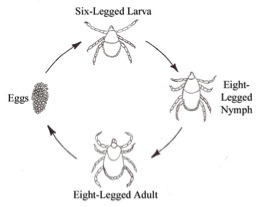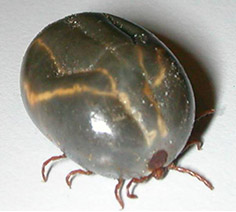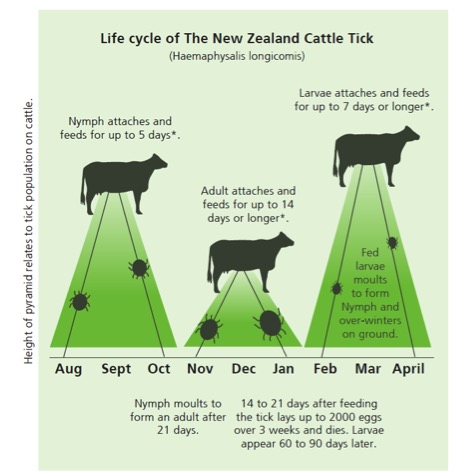tick life cycle nz
Ticks need energy from blood in order to grow develop and lay eggs. A nymph seeks out and feeds on a.

Pdf Experimental Aspects Of Life Cycles Of Two Hard Tick Species Rhipicephalus Boophilus And Hyalomma Isaaci Acari Ixodidae On New Zealand White Rabbits
Without blood ticks cant do any of.
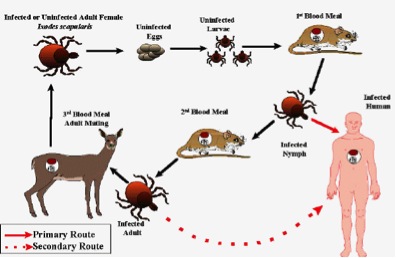
. Most ticks go through four life stages. Without blood ticks cant do any of. There are many different species of tick in the world but Hlongicornis is the only one found in New Zealand.
Theileria is a protozoan which acts as a parasite spread by the saliva of ticks as they suck the hosts blood. These stages are egg larvae or seed tick nymph and adult. The life cycle of a tick is completed after four stages namely egg larva nymph and adult it requires more than a year to complete a full life cycle.
1 The Egg Stage 1 After the adult female tick has acquired a proper blood meal she mates with the. Egg six-legged larva eight-legged nymph and adult. Egg larva nymph and adult.
Ticks are a clear illustration of how food works as an energy source. After hatching from the eggs ticks must eat blood at every stage to survive. After hatching from the eggs ticks must eat blood at each stage in order to move on to the next one.
Egg larva nymph adult. Ticks have the potential to pose public health and biosecurity risks because they can carry and transmit human and animal diseases. In spring the nymphs now 2-3mm attach to another host and engorge again over three to five days expanding to about 5mm.
The life cycle of ticks Eggs. Now let us look at their life cycle to get a better understanding. Ticks that complete their life cycle in this manner are called two-host ticks like Hyalomma anatolicum excavatum.
The majority of hard ticks require three different hosts to complete their development. When the tick is removed apply an approved disinfectant to the site and then wash your hands with hot and soapy water. Generally adult female hard ticks breed while on the host animal and then drop to the ground to lay eggs.
Ticks begin their lives as eggs. Ixodidae Argasidae known to occur naturally in the New Zealand subregion is given. Hosts geographic distribution and relevant.
Its important to be. However the Ministry is not aware of any cases of. During this development ticks go through four stages of life.
Stages in the Life Cycle of Ticks. It is called a three-host tick with each of its growing stages - larvae nymph and. Depending on the species ticks can live for up to three years during which they go through four distinct life stages.
The life cycle of a tick can be divided into four sections. This nymph can over-winter in quite cold temperatures. Larvae nymph adult and egg.
Most ixodid ticks require three hosts and their. New Zealand appears to be lucky in having only one major stock tick. Ticks typically have three life stages adults which feed on an animal then drop off to lay eggs.
This protozoan Theileria orientalis ikeda is the one currently. Ixodes scapularis the black-legged deer tick which is the primary vector for Lyme disease has a four-stage life cycle and a lifespan of about two years. Ticks can live without a blood meal for over a year so leaving pasture un-grazed and hoping the ticks will die from lack of food isnt a very practical option.
These hatch into larvae. A list of all the species of ticks Acari. A newly hatched six-legged larva feeds on a host drops off to the ground and moults to a nymph.
Since there are so many different tick species the duration of this life cycle varies greatly from a. Lets review the life-cycle of a tick. Ticks have four stages of their life cycleeggs larvae nymphs and adult ticksand every stage except the eggs feeds on blood.
In general the life cycle of a hard tick is as follows. This means that tick larvae and. Ticks are a clear illustration of how food works as an energy source.
Life Cycle of Ticks. Ticks go through four life stages. Ticks need energy from blood in order to grow develop and lay eggs.
In early spring ticks begin to lay their eggs. For more information contact UGA Extension. If you have poorly-drained pasture.
Once the egg hatches a tick needs a blood meal at each stage in order to survive and continue to grow. Ticks are not able to lay eggs directly on a host they must first detach. These eggs are the first of the four distinct life stages that make up the tick life cycle.
However they can lay eggs just.

Three Host Life Cycle Of Ixodes Derived From Ref 13 Download Scientific Diagram

Life Cycle Of The Ixodes Tick Vectors Of Lyme Borreliosis Reservoir Download Scientific Diagram
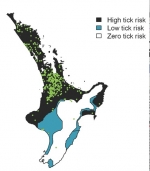
Hardy Ticks Well Equipped To Survive Thrive

Life Cycle Of Spinose Ear Tick Otobius Megnini Acari Argasidae Infesting The Race Horses In Nuwara Eliya Sri Lanka Sciencedirect
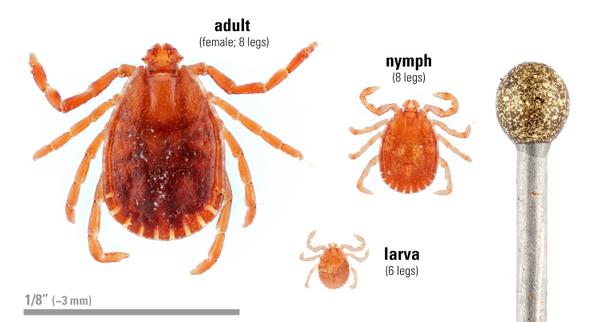
Asian Longhorned Tick Nc State Extension Publications

Ticks Found On Canterbury Dogs Stuff Co Nz

Life Cycle Of Theileria Parva In Cattle And The Ixodid Tick Vector Download Scientific Diagram

Life Cycle Of A Multi Host Argasid Tick Example Is Ornithodoros Download Scientific Diagram
